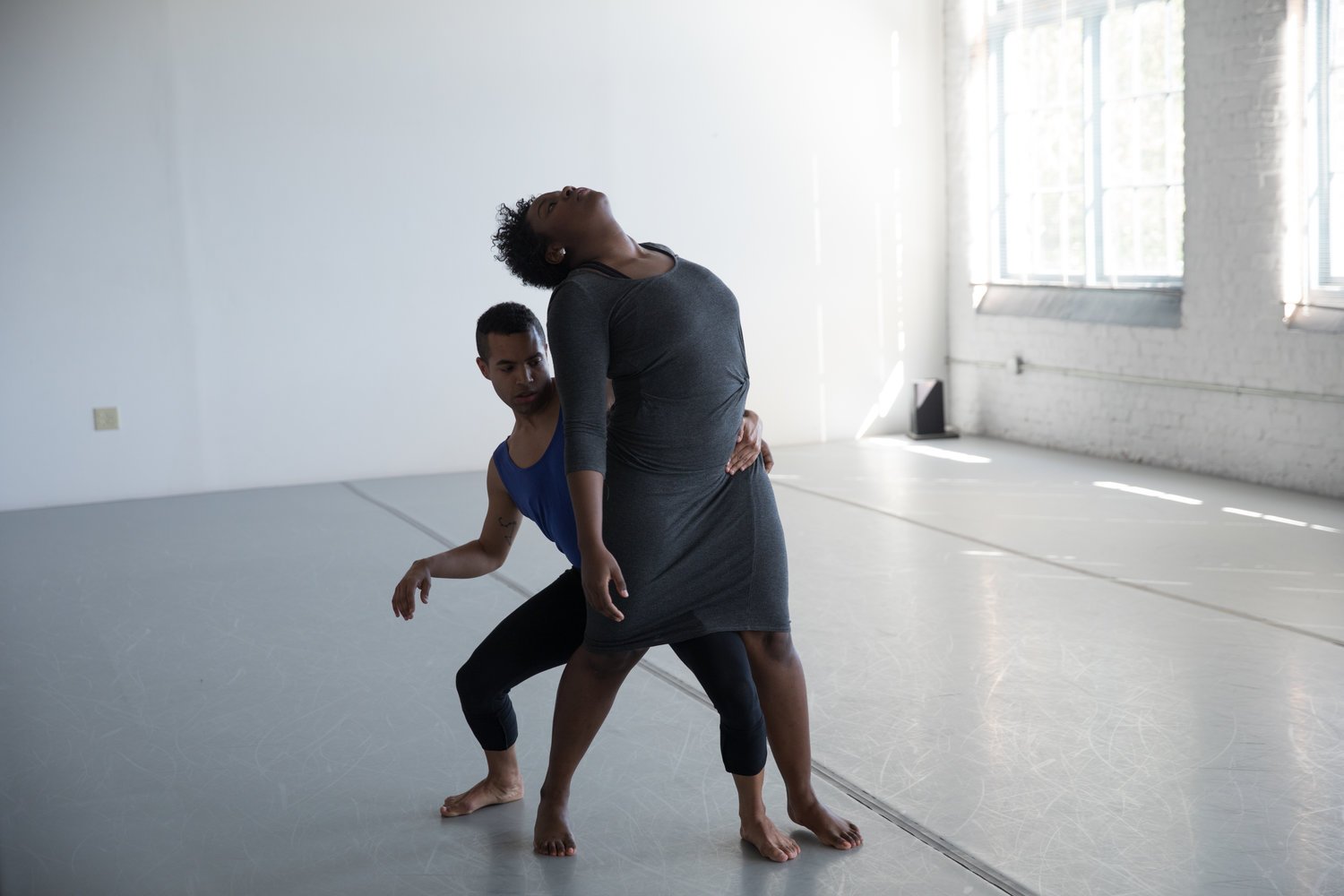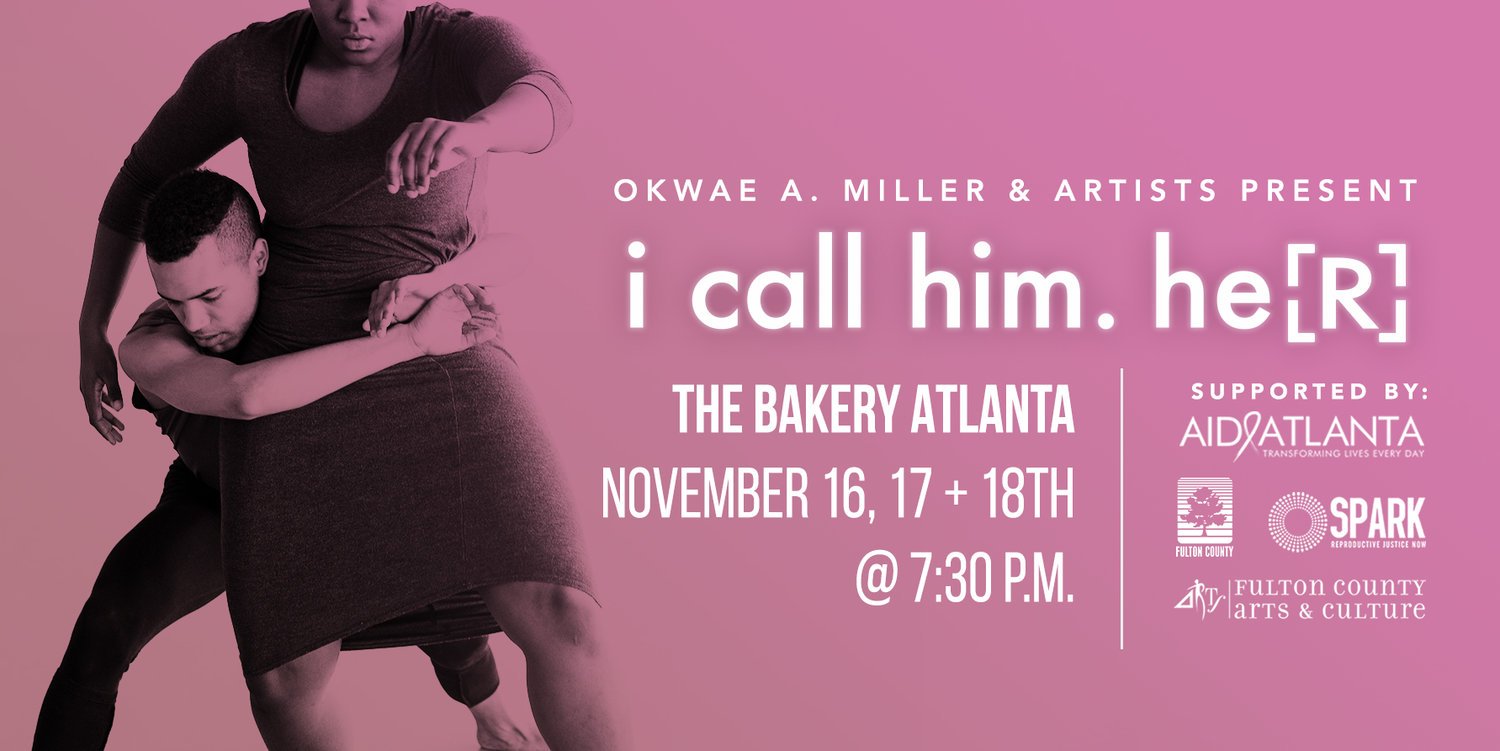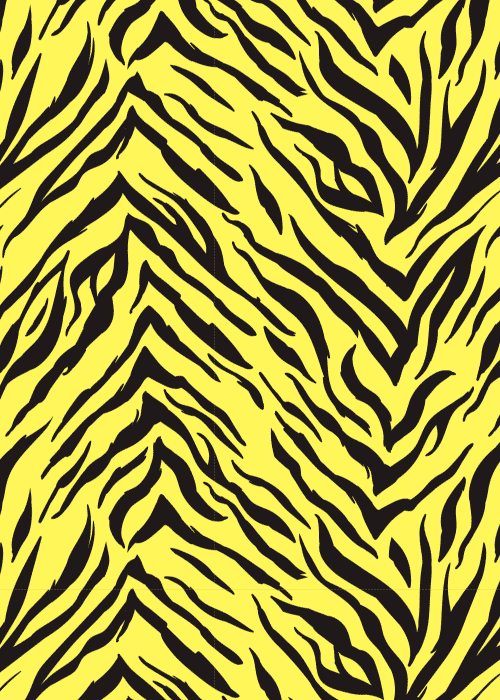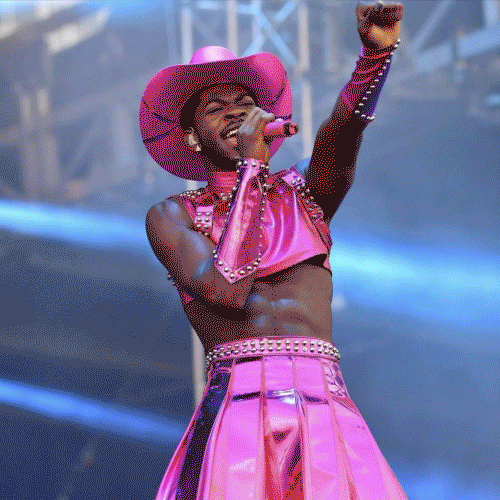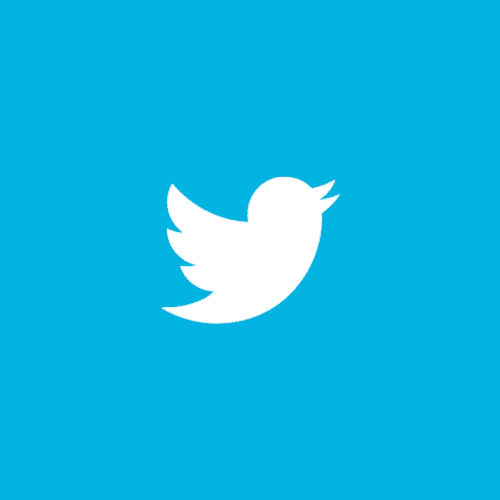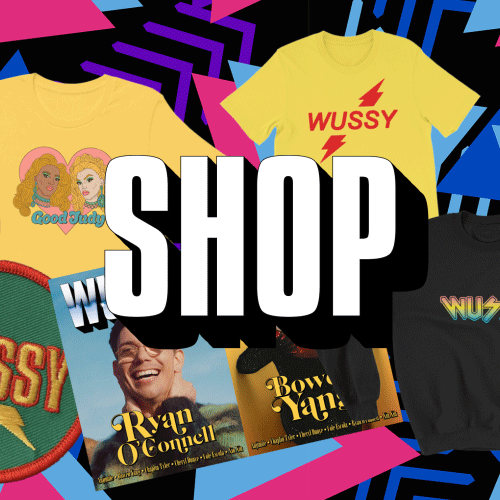Okwae A Miller: Creating Intersectional Dialogue Through Dance
The company Okwae A. Miller & Artists may only be a couple years old, but they are already shaking up the Atlanta dance scene. Okwae was a familiar face at the WORKROOM, Atlanta’s former hub for contemporary dance. With a dedicated team of dancers and performers to back him, he is making a name for himself performing at spaces such as The High Museum, The B-Complex, and next up, The Bakery.
We picked Okwae’s brain to ask him about his next research-based project i call him. he[r] which focuses on the role of black masculinity, particularly in the lives of black gay men. The show runs from November 16th through 18th and tickets are available here.
What does this piece aim to show or challenge about black masculinity and sexuality?
Choreographically, I call him.he[R] is a mosaic of ideas with the intention of activating an intersectional dialogue within the community. What we are challenging is the crosscurrent pressure and subscription of heteronormative standards, and how those standards foster our relationships and attitudes surrounding masculinity within the black community and the black gay community. We so toxically discount identity, if you exude effeminate mannerisms or choose not to subscribe to this idea of a “traditional man.” Ironically, within the black gay community we stamp masculinity as a standard by which we label ourselves. Whether you are masculine or a butch queen, we conform to this idea of maleness in fostering our relationships from friends to romance. For instance, black gay men often refer to their other black gay male friends as “sis” or “girl.” And from the outside, black gay men are posed with the famous question of “who is the man and who is the woman?”
Overall, we are acknowledging the normality of maleness and heterosexism as the guide for our lives and, with this succulent trio, we are crumbling that formula and being proud about it. Yes, it is okay to be gay. Yes, it is okay for men to dress of in drag. Yes, it is okay to transition.
This project’s description includes references from “notable sources such as the American documentary Paris Is Burning; a compilation of narratives from the text Black Gay Man: Essays by Robert Field; and the research study Black Male Masculinity Matters in Attitudes toward Gay Males by scholars Anthony J. Lemelle, Jr., PhD and Juan Battle, PhD.”
A lot of people are unfamiliar with how research works in the dance world. Can you talk about what your research process looks like? What transforms scholarly investigation into movement?
So, my research varies from project to project, but I tend to start with a vision or concept. Much of the research I am doing now, involves an intense amount of literature review, collection of personal narratives, open dialogue, public observation and experimentation.
“We so toxically discount identity, if you exude effeminate mannerisms or choose not to subscribe to this idea of a ‘traditional man.’”
In the studio, we use several choreographic/composition techniques to generate movement and build the narratives around that movement. I often review research materials and examine how the body responds and connects to personal history and identity to create a choreographic phrase. Additionally, the dancers are key in the investigation process, as they are applied a series of experimental tasks to complete and build the work chunk by chunk.
You are no stranger to morphing an environment to create a new home for your work to live in. For example, your work The g[R]ay Boi at The B-Complex in May featured maze-like walls as well as unconventional seating that spread out the audience. This next project is created for The Bakery, a dynamic space with its own transformative abilities. What is your relationship to the space and how does it inform the work?
This will actually be the first time working in this performance venue, but I do have a genuine interest in presenting work in unconventional workspaces and The Hanger at The Bakery was perfect. I think there is something very challenging and satisfying about building the creative space within your artistic vision. Although, the traditional performance stage offers some convenience, being in a DIY-space offers much freedom. For example, the sky is the limit with the lighting possibilities and love working with Noah Hill (Lighting Designer) because he is definitely key in making that atmosphere and mood come alive.
Additionally, the arena style seating breaks the fourth wall allowing audience interaction and a more personally connected experience with the dancers, movement and concept. In fact, much like The g[R]ay Boi, audiences are encouraged to and will have the freedom to take a seat or migrate throughout the performance.
What’s it like being able to collaborate with the same trio of dancers for so long and watch the project evolve and grow over its many iterations?
So, while I call him.he[R] continues as a trio, casting has actually changed a little for this project. I have continued to work some familiar faces, Benjamin Stevenson and Lyrric Cosby Jackson, and we’ve had the pleasure of welcoming Latina Rowe to this process. Artistically, I develop project-based work, but working with a new artist has definitely introduced the possibilities.
Evolving from The g[R]ay Boi, which casted two men and a woman, to this new work that has two women and one man has introduced new ideas regarding personal identity and artist activation-investigation to connect choreographically. For instance, the dancers are navigating many identities throughout the duration of the work from being a woman to wanting to be a woman, but also the rejection of one who identifies against the heteronormativity.
What’s got you most excited about Atlanta’s current dance scene?
I am just excited that the dance scene is growing and there are more artists making Atlanta home-base with new ideas and perspective. Also, the appeal to collaborate with newer artists within the dance world and across different mediums.
—
Nicholas Goodly is an Atlanta poet and the Writing Editor of WUSSY MAG.
Archive
- September 2025
- August 2025
- May 2025
- February 2025
- November 2024
- October 2024
- September 2024
- August 2024
- July 2024
- June 2024
- May 2024
- April 2024
- October 2023
- July 2023
- June 2023
- May 2023
- April 2023
- March 2023
- February 2023
- June 2022
- April 2022
- March 2022
- January 2022
- December 2021
- October 2021
- September 2021
- August 2021
- July 2021
- June 2021
- May 2021
- April 2021
- March 2021
- February 2021
- January 2021
- December 2020
- October 2020
- September 2020
- August 2020
- July 2020
- June 2020
- May 2020
- April 2020
- March 2020
- February 2020
- January 2020
- December 2019
- November 2019
- October 2019
- September 2019
- August 2019
- July 2019
- June 2019
- May 2019
- April 2019
- March 2019
- February 2019
- January 2019
- December 2018
- November 2018
- October 2018
- September 2018
- August 2018
- July 2018
- June 2018
- May 2018
- April 2018
- March 2018
- February 2018
- January 2018
- December 2017
- November 2017
- October 2017
- September 2017
- August 2017
- July 2017
- June 2017
- May 2017
- April 2017
- March 2017
- February 2017
- January 2017
- December 2015
- November 2015
- October 2015
- September 2015
- August 2015
- July 2015
- June 2015
- May 2015
- April 2015


